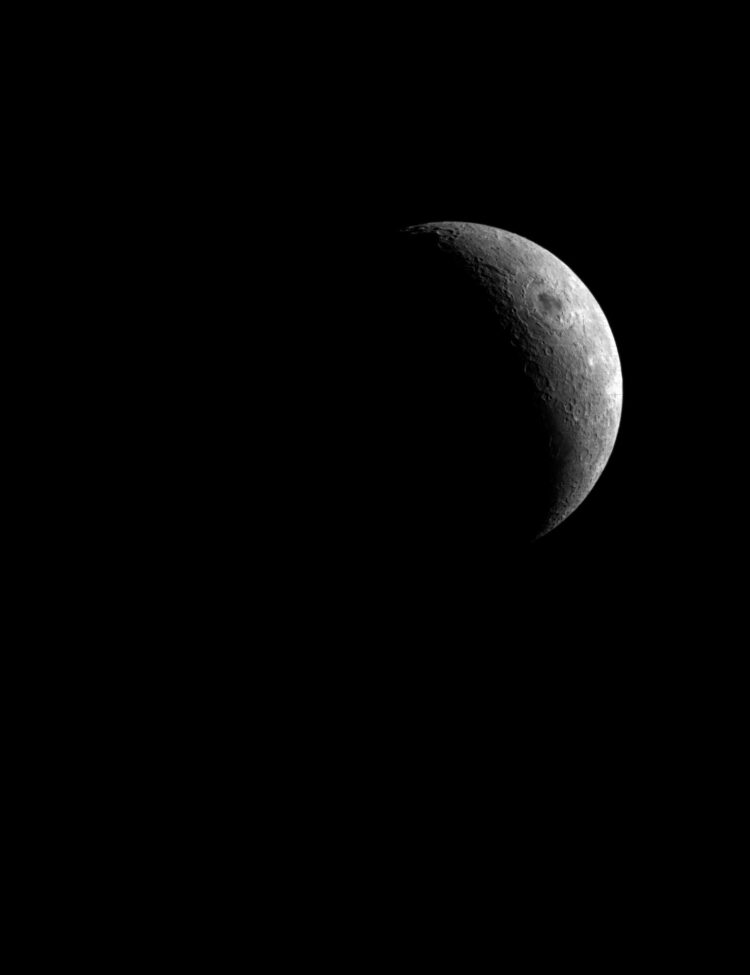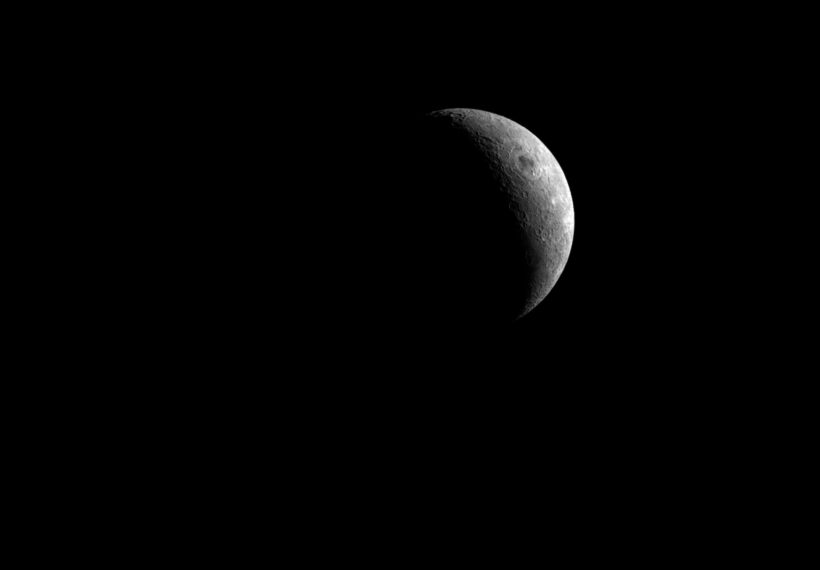About This Episode
A year isn’t what you think it is… Neil deGrasse Tyson and comedian Chuck Nice explore things you thought you knew about the length of a year, the dark side of the moon, and the physics of a moving system.
How long is a year? Find out why the year is not 365 days and why leap day does not quite solve the problem. Are there other types of years we could go off of? Learn about the sidereal year and how Earth’s orbit precesses around the sun. Plus, what made the leap year in 2000 so rare?
Is there a dark side of the moon? Neil busts a common misconception, discusses headlines after the Chandrayaan 3 Mission, and the near versus the far side of the moon. Discover parts of the moon that do stay dark, the temperature differences on the moon, and why lunar shadows are so striking.
What happens when you jump inside an airplane? We dive into the physics inside moving objects and why we don’t seem to notice what speed we are traveling at. Why do you land in the same place when you jump up and down in a moving airplane? We explore the physics of moving systems, acceleration, deceleration, and why you wear your seatbelt during takeoff and landing.
Thanks to our Patrons Jeffery R. Kaufman, Peter West Popovchak, Nicholas Calmes, Matt Kline, Vadym Feskin, Steve Ipyana, and Foohawt for supporting us this week.
NOTE: StarTalk+ Patrons can listen to this entire episode commercial-free.




 Unlock with Patreon
Unlock with Patreon

 Become a Patron
Become a Patron